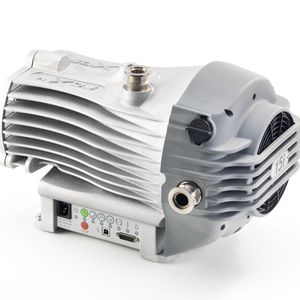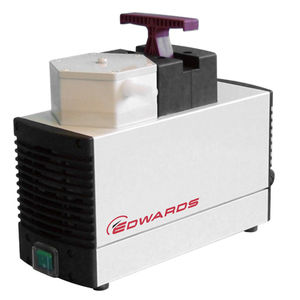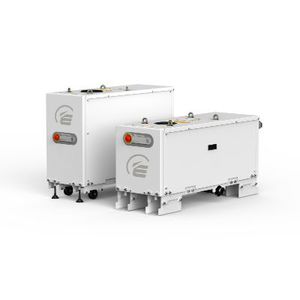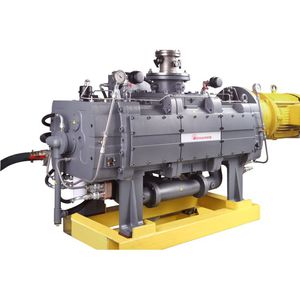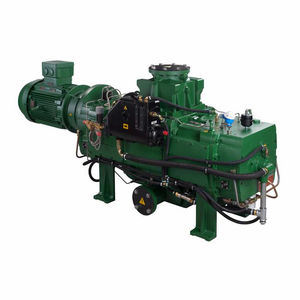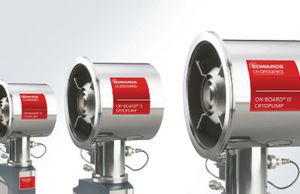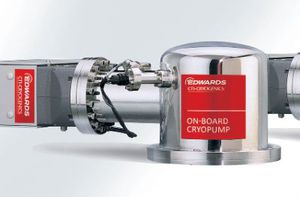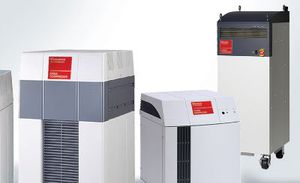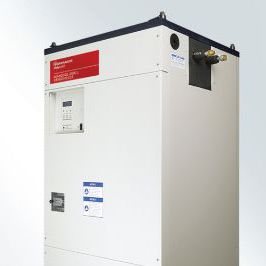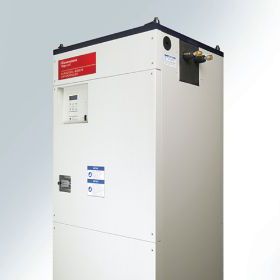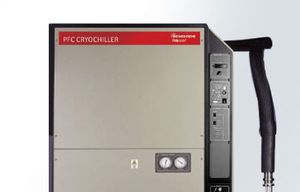

- Products
- Catalogs
- News & Trends
- Exhibitions
Liquid chiller PGCairgascompact
Add to favorites
Compare this product
Characteristics
- Material
- liquid, air, gas
- Other characteristics
- compact, low-temperature
- Maximum temperature
Max.: 125 °C
(257 °F)Min.: -75 °C
(-103 °F)- Flow rate
Max.: 740 ft³/min
(20.954 m³/min)Min.: 140 ft³/min
(3.964 m³/min)- Pressure
Max.: 68 psi
Min.: 2 psi
Description
Edwards Polycold® PGC Gas Chiller requires no pre-cooling
This Gas Chiller cools compressed dry gases, such as nitrogen, argon or air, from ambient to cryogenic temperature without pre-cooling.
PGC Gas Chillers are closed-loop refrigeration systems that cool a non-recirculating gas stream using a refrigerant to gas tube-in-tube heat exchanger.
Using the Edwards Polycold auto-cascade refrigeration cycle technique with a mixed refrigerant, PGC Gas Chillers enable you to cool dry gas to temperatures between -75°C and -125°C without sacrificing high flow rates.
PGC Gas Chillers are suitable for many applications, including thermal testing of electronics, cold gas venting of vacuum chambers, rheology, and low-temperature characterisation of materials.
They are the most cost-effective systems available for cooling a gas stream in an ultra-low temperature range (-75° to -125°C/ -103° to -193°F/198 to 148 K) without the cost, risk or inconvenience of liquid nitrogen.
Key Features
Free standing, compact size
Rated for continuous operation
Shipped ready to operate
Easy installation and maintenance
Single compressor for reliable performance
50 or 60 Hz operation, single phase
Power switch and eight-foot power cord
Patented refrigerant gases
PGC Gas Chillers are CE compliant, SEMI S2 compliant, and US EPA-SNAP approved. Proprietary and patented Polycold® refrigerant mixtures are fully compliant with current European environment regulations
Catalogs
PGC
2 Pages
*Prices are pre-tax. They exclude delivery charges and customs duties and do not include additional charges for installation or activation options. Prices are indicative only and may vary by country, with changes to the cost of raw materials and exchange rates.




